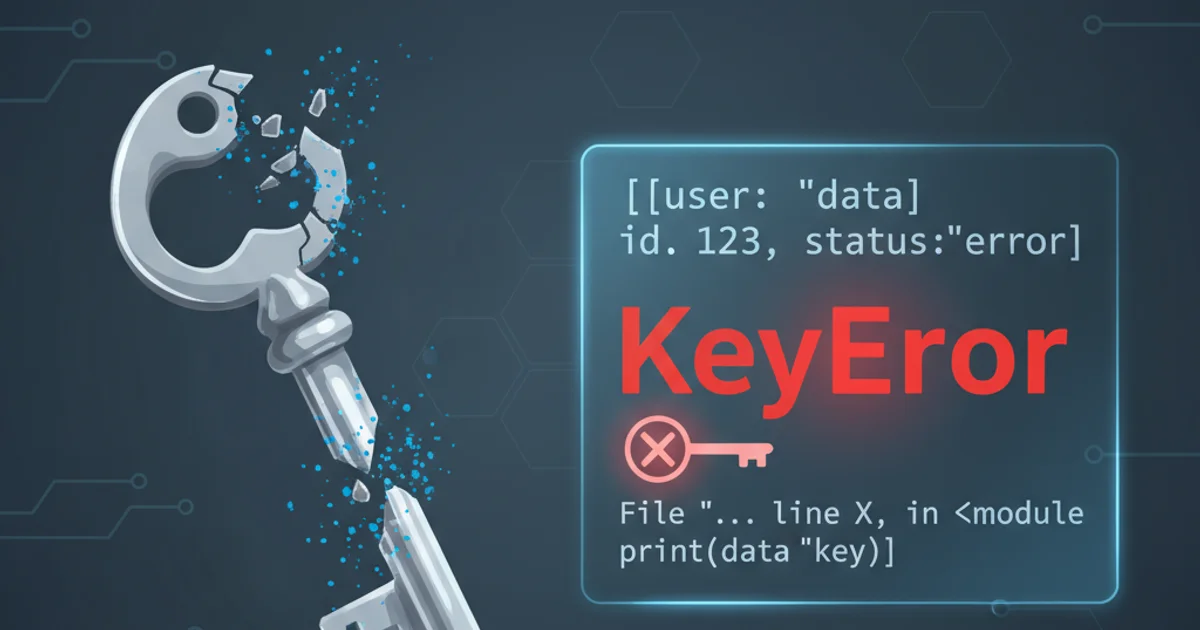Performance/profiling measurement in C
Categories:
Mastering Performance Measurement and Profiling in C

Unlock the secrets to optimizing your C applications. This guide covers essential techniques for measuring performance, identifying bottlenecks, and profiling your code for maximum efficiency.
Performance is a critical aspect of C programming, especially for systems-level applications, embedded systems, and high-performance computing. Understanding how to accurately measure and profile your code is the first step towards optimization. This article will guide you through various methods, from basic timing functions to advanced profiling tools, helping you pinpoint performance bottlenecks and write more efficient C code.
Basic Timing with Standard C Functions
The simplest way to measure the execution time of a code segment in C is by using standard library functions. These methods provide a quick and easy way to get a general idea of performance, though they might lack the precision or detail of more advanced profiling tools. Common functions include clock() from <time.h> for CPU time and gettimeofday() (on POSIX systems) or QueryPerformanceCounter() (on Windows) for wall-clock time.
#include <stdio.h>
#include <time.h>
int main() {
clock_t start_t, end_t;
double total_t;
int i;
start_t = clock();
printf("Starting of the program, start_t = %ld\n", start_t);
printf("Going to do a big loop...\n");
for(i=0; i<100000000; i++) {
// Simulate some work
}
end_t = clock();
printf("End of the program, end_t = %ld\n", end_t);
total_t = (double)(end_t - start_t) / CLOCKS_PER_SEC;
printf("Total time taken by CPU: %f seconds\n", total_t);
return 0;
}
Measuring CPU time using clock() in C.
clock(), remember it measures CPU time, not wall-clock time. This means it only accounts for the time the CPU spends executing your program's instructions, not waiting for I/O or other processes.Advanced Profiling with Gprof
For more detailed insights into your program's performance, a profiler is indispensable. gprof is a classic profiling tool available on Unix-like systems that analyzes the execution time of functions within your program. It provides a call graph, showing how much time is spent in each function and its descendants, as well as how many times each function was called. This helps identify hot spots – functions that consume the most execution time.
flowchart TD
A[Compile with -pg flag] --> B{Run Executable}
B --> C[Generates gmon.out]
C --> D[Analyze with gprof command]
D --> E[Performance Report]Workflow for profiling a C program using gprof.
# Compile your C program with the -pg flag
gcc -pg -o myprogram myprogram.c
# Run your program (this generates gmon.out)
./myprogram
# Analyze the profiling data
gprof myprogram gmon.out > analysis.txt
# View the analysis
cat analysis.txt
Steps to compile, run, and analyze a C program with gprof.
gprof introduce overhead, which can slightly alter your program's performance characteristics. Always consider this overhead when interpreting results.Understanding Profiling Output and Interpreting Results
Once you've generated a profiling report, the next crucial step is to interpret the data effectively. gprof typically provides two main sections: a flat profile and a call graph. The flat profile lists each function and the percentage of time spent in it, while the call graph shows the parent-child relationships between functions and how time is distributed across the call stack. Focus on functions with high 'self' time (time spent directly in the function) or high 'cumulative' time (time spent in the function and its children) to identify potential bottlenecks.
For example, if a function calculate_heavy_data() shows a high percentage in the flat profile, it indicates that the function itself is computationally intensive. If main() shows a high cumulative time but low self-time, it suggests that the time is being spent in functions called by main(), which the call graph can help you trace.
perf (Linux) or commercial tools offer even more granular data, including cache misses, branch mispredictions, and instruction counts, which can be invaluable for deep optimization.